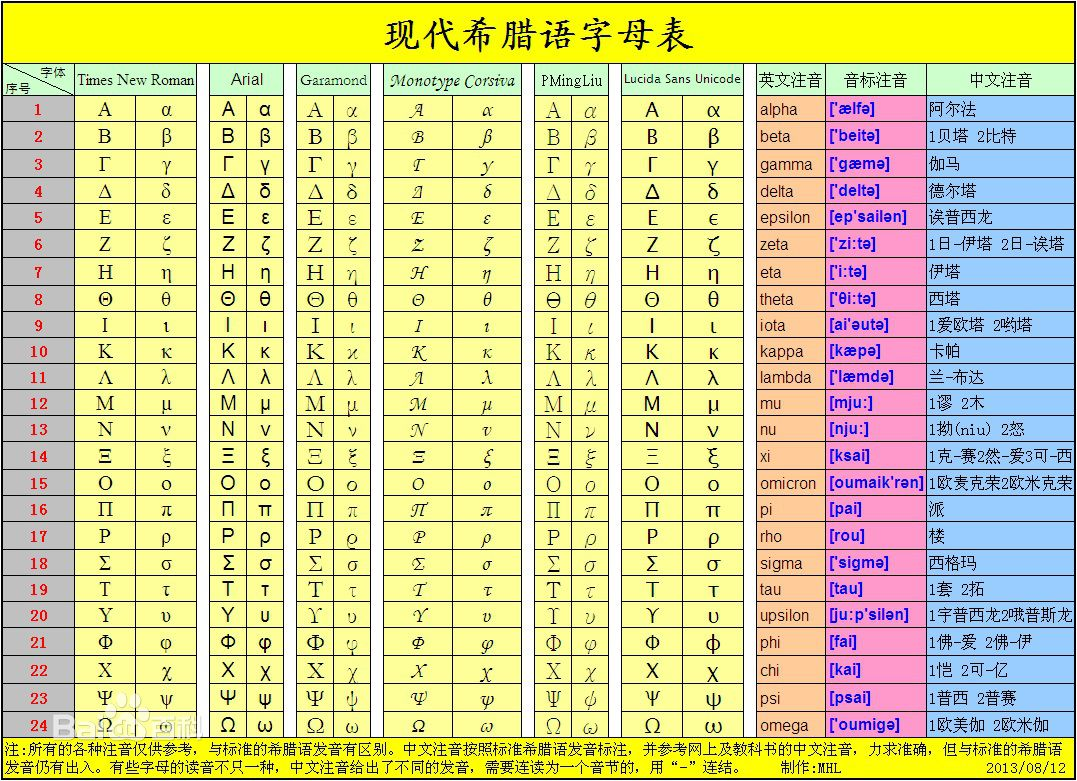博主
258
258
258
258
专辑
- gradle专辑 1
- javaweb专辑 2
- 学习笔记zg4 33
- hutool工具包的使用 13
- Vue3+Element Plus 12
- 跟着禹神学Vue3 1
- 学习笔记zg2(SpringBoot版) 10
- 学习笔记zg2-马 0
- LayUI专辑 14
- 学习笔记zg1 9
第十节 Lambda表达式简介
亮子
2021-09-14 21:13:30
17459
0
0
0


λ(希腊字母表中排序第十一位的字母)
Java 8的一个大亮点是引入Lambda表达式,使用它设计的代码会更加简洁。通过Lambda表达式,可以替代我们以前经常写的匿名内部类来实现接口。
Lambda表达式本质是一个匿名函数。
Lambda 表达式,也可称为闭包,它是推动 Java 8 发布的最重要新特性。
Lambda 允许把函数作为一个方法的参数(函数作为参数传递进方法中)。
使用 Lambda 表达式可以使代码变的更加简洁紧凑。
(parameters) -> expression
// OR
(parameters) ->{ statements; }
1)、Lambda 表达式实例
// 1. 不需要参数,返回值为 5
() -> 5
// 2. 接收一个参数(数字类型),返回其2倍的值
x -> 2 * x
// 3. 接受2个参数(数字),并返回他们的差值
(x, y) -> x – y
// 4. 接收2个int型整数,返回他们的和
(int x, int y) -> x + y
// 5. 接受一个 string 对象,并在控制台打印,不返回任何值(看起来像是返回void)
(String s) -> System.out.print(s)
public class LambdaApplication {
interface MathAdd {
int add(int a, int b);
}
public static void main(String[] args) {
// 类型声明
MathAdd add1 = (int a,int b) -> a+b;
// 不用类型声明
MathAdd add2 = (a, b) -> a+b;
// 大括号中的返回语句
MathAdd add3 = (int a, int b) -> { return a + b; };
int add11 = add1.add(5, 6);
System.out.println("add1=" + add11);
int add22 = add2.add(5, 6);
System.out.println("add1=" + add22);
int add33 = add3.add(5, 6);
System.out.println("add1=" + add33);
}
}
2)、变量作用域
lambda 表达式只能引用标记了 final 的外层局部变量,这就是说不能在 lambda 内部修改定义在域外的局部变量,否则会编译错误。
public class LambdaTest1 {
final static String salutation = "Hello! ";
public static void main(String[] args) {
MessageService service = message ->
System.out.println(salutation + message);
service.sayMessage("Runoob");
}
interface MessageService {
void sayMessage(String message);
}
}
3)、lambda的进化史
(1)基本代码
//--1 定义接口
interface IIntegerMethod {
Integer add(Integer a, Integer b);
}
//--2 实现接口
class IntegerMethodImpl implements IIntegerMethod {
@Override
public Integer add(Integer a, Integer b) {
return a+b;
}
}
public class LambdaDemo1 {
//--3 调用实现类的方法
public static void main(String[] args) {
IIntegerMethod method = new IntegerMethodImpl();
Integer add = method.add(1, 2);
System.out.println(add);
}
}
(2)静态内部类
把接口的实现定义再类的内部。
//--1 定义接口
interface IIntegerMethod {
Integer add(Integer a, Integer b);
}
public class LambdaDemo1 {
//--2 实现接口
static class IntegerMethodImpl implements IIntegerMethod {
@Override
public Integer add(Integer a, Integer b) {
return a+b;
}
}
//--3 调用实现类的方法
public static void main(String[] args) {
IIntegerMethod method = new IntegerMethodImpl();
Integer add = method.add(1, 2);
System.out.println(add);
}
}
(3)局部内部类
把接口实现放到了函数的内部。
//--1 定义接口
interface IIntegerMethod {
Integer add(Integer a, Integer b);
}
public class LambdaDemo1 {
public static void main(String[] args) {
//--2 实现接口
class IntegerMethodImpl implements IIntegerMethod {
@Override
public Integer add(Integer a, Integer b) {
return a+b;
}
}
//--3 调用实现类的方法
IIntegerMethod method = new IntegerMethodImpl();
Integer add = method.add(1, 2);
System.out.println(add);
}
}
(4)匿名内部类
//--1 定义接口
interface IIntegerMethod {
Integer add(Integer a, Integer b);
}
public class LambdaDemo1 {
public static void main(String[] args) {
//--2 匿名内部类
IIntegerMethod method = new IIntegerMethod() {
@Override
public Integer add(Integer a, Integer b) {
return a+b;
}
};
//--3 调用实现类的方法
Integer add = method.add(1, 2);
System.out.println(add);
}
}
(5)lambda实现
//--1 定义接口
interface IIntegerMethod {
Integer add(Integer a, Integer b);
}
public class LambdaDemo1 {
public static void main(String[] args) {
//--2 lambda
IIntegerMethod method = (a, b) -> {
return a+b;
};
//--3 调用实现类的方法
Integer add = method.add(1, 2);
System.out.println(add);
}
}
(6)简化lambda
直接去掉了括号。
//--1 定义接口
interface IIntegerMethod {
Integer add(Integer a, Integer b);
}
public class LambdaDemo1 {
public static void main(String[] args) {
//--2 lambda
IIntegerMethod method = (a, b) -> a+b;
//--3 调用实现类的方法
Integer add = method.add(1, 2);
System.out.println(add);
}
}